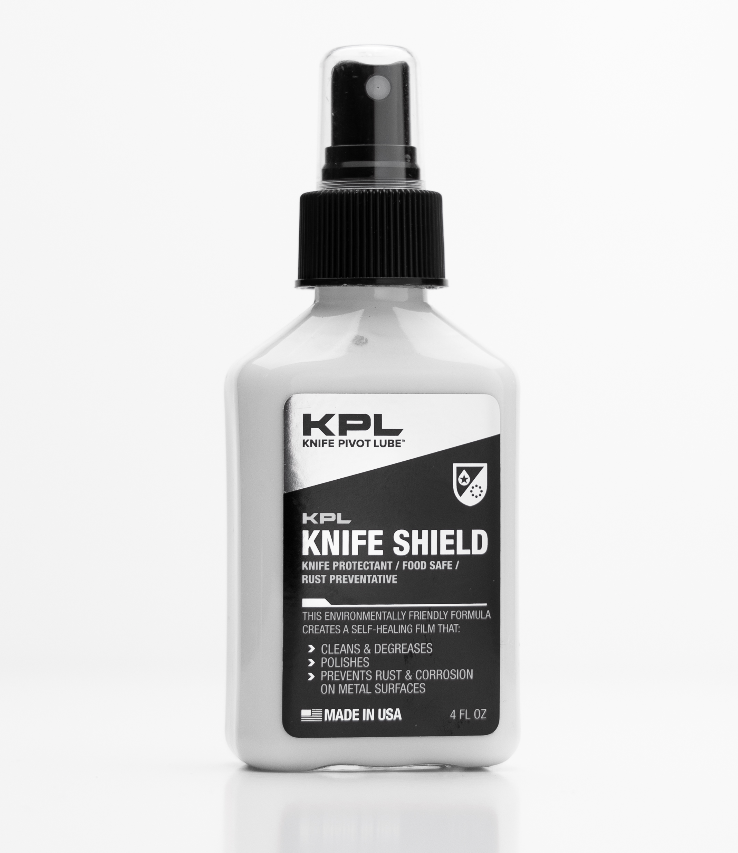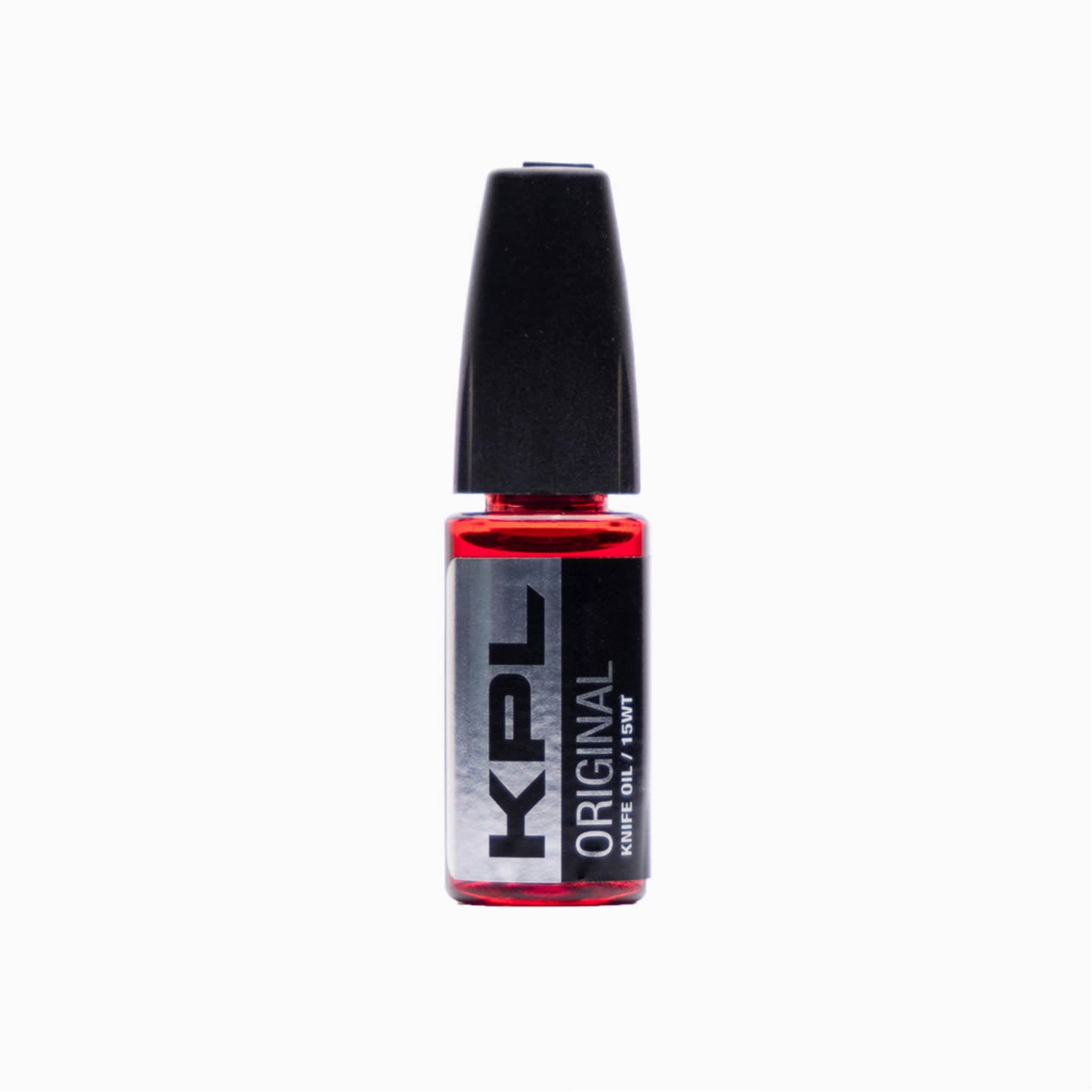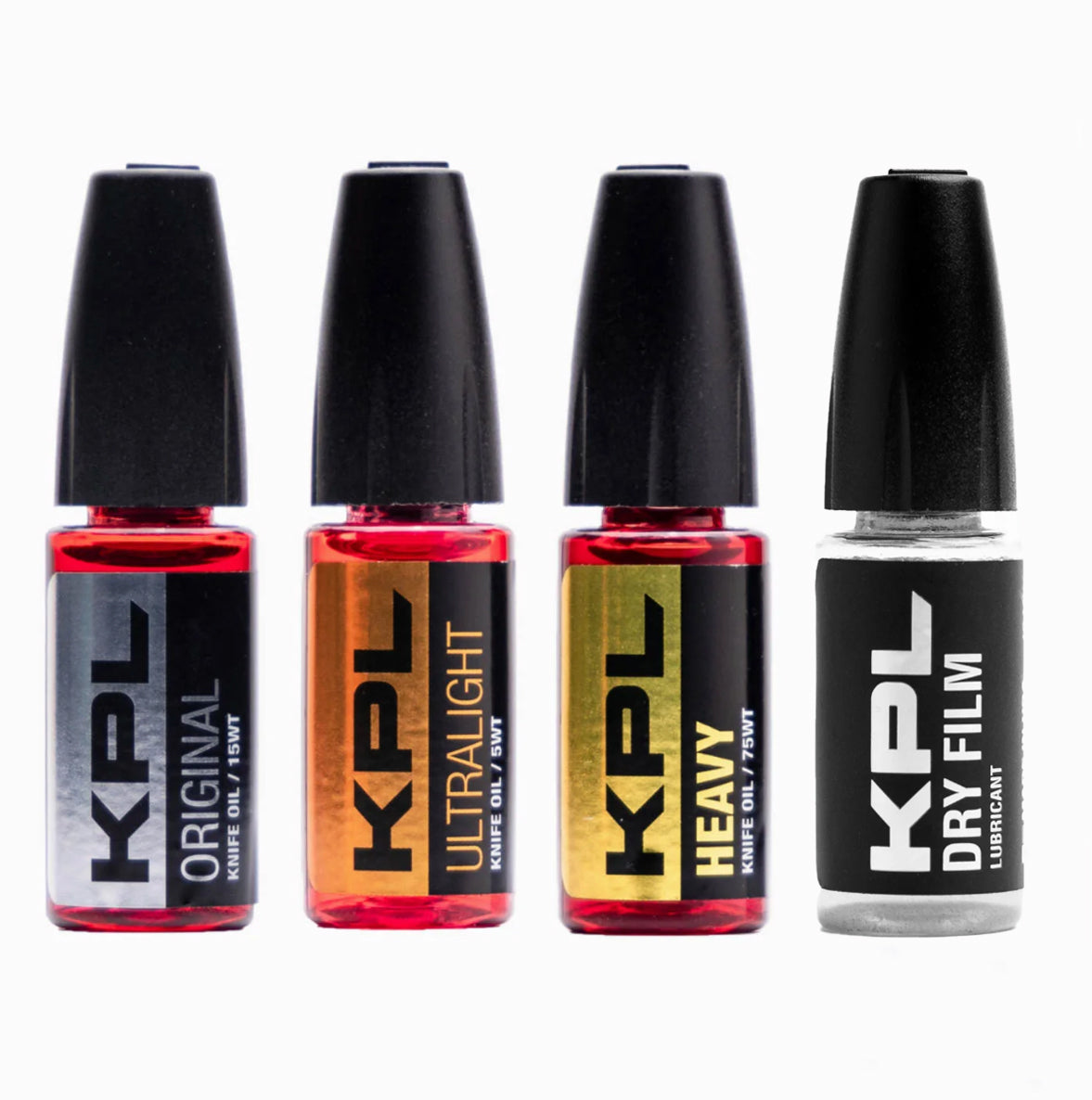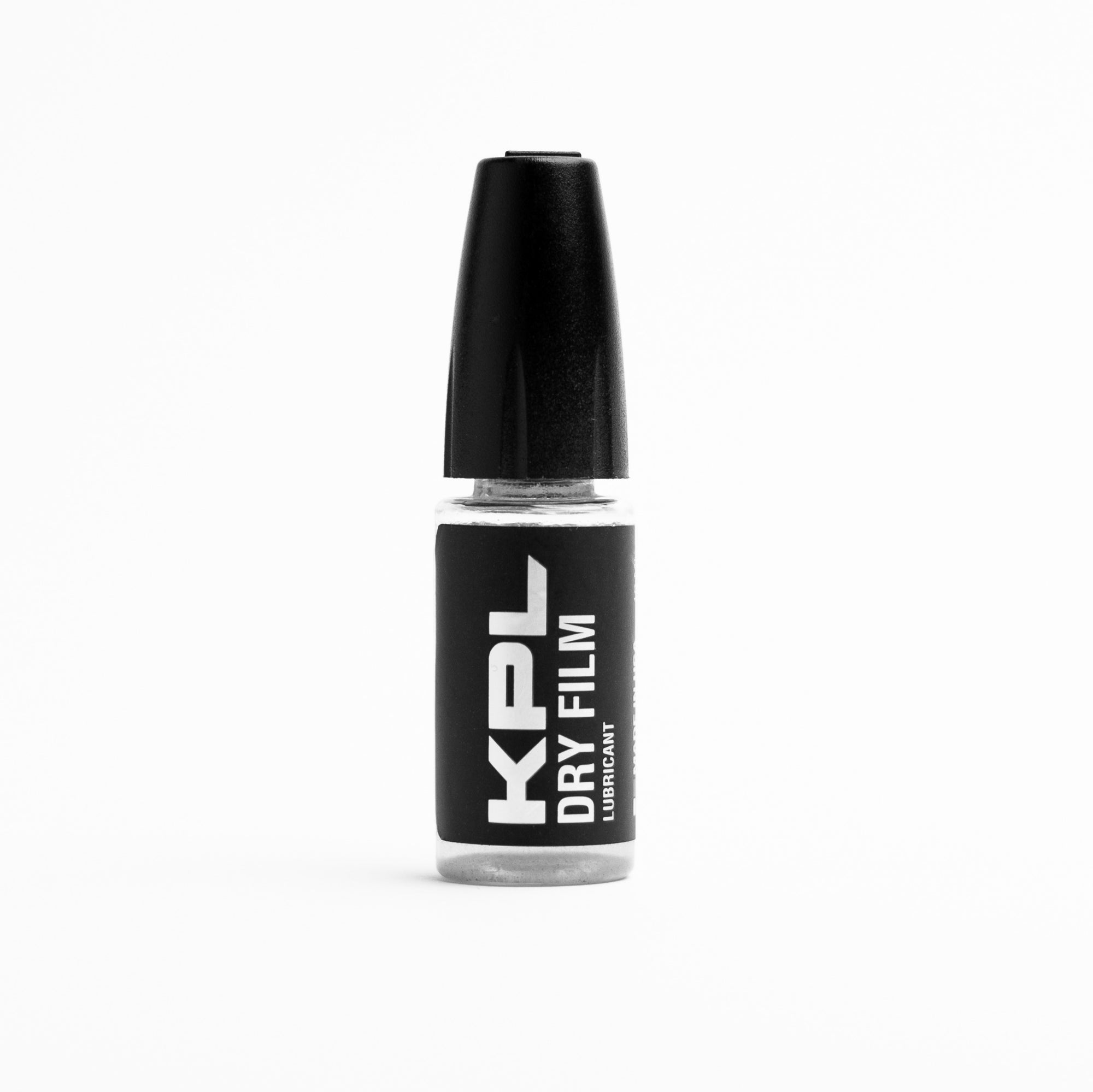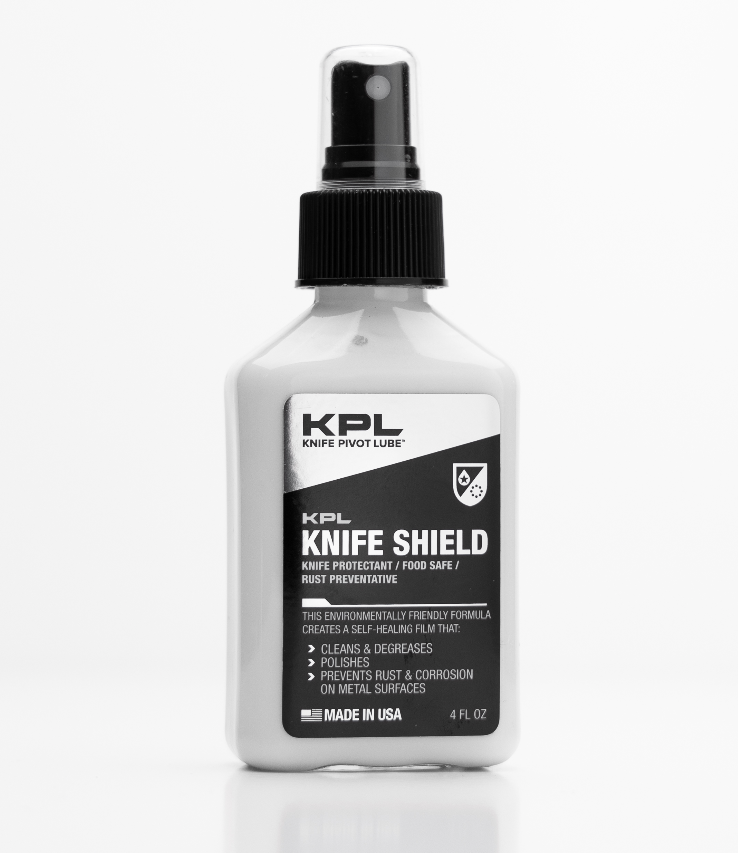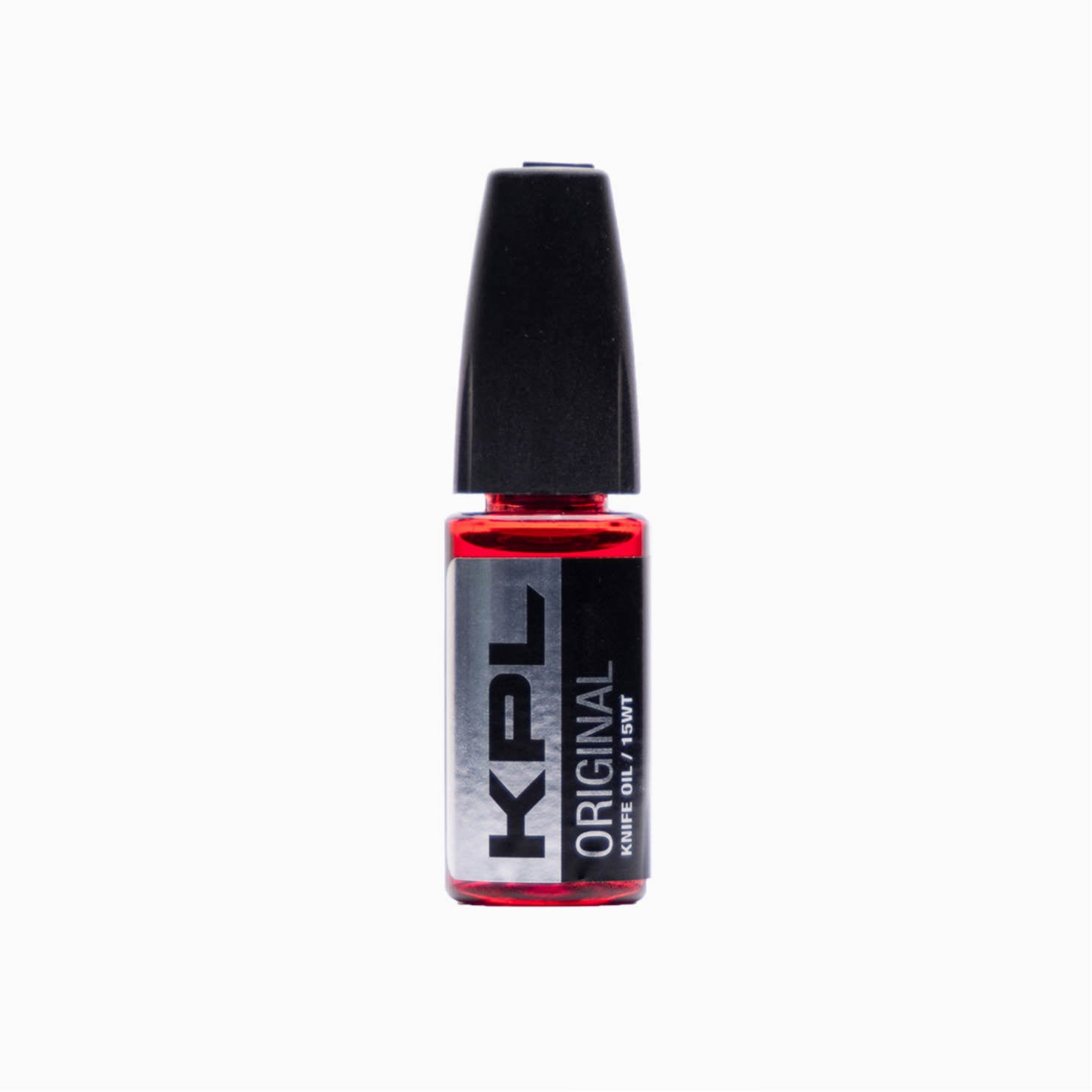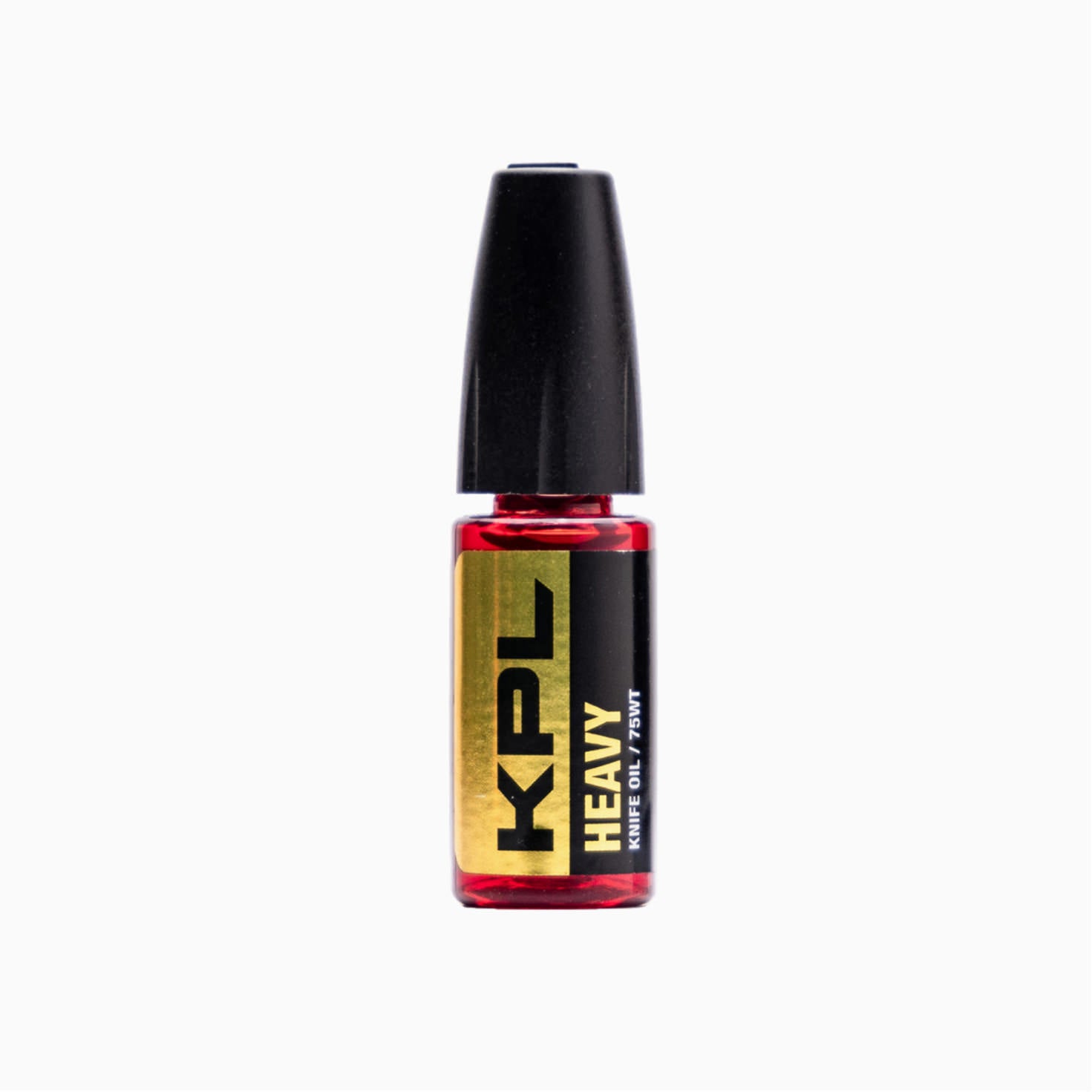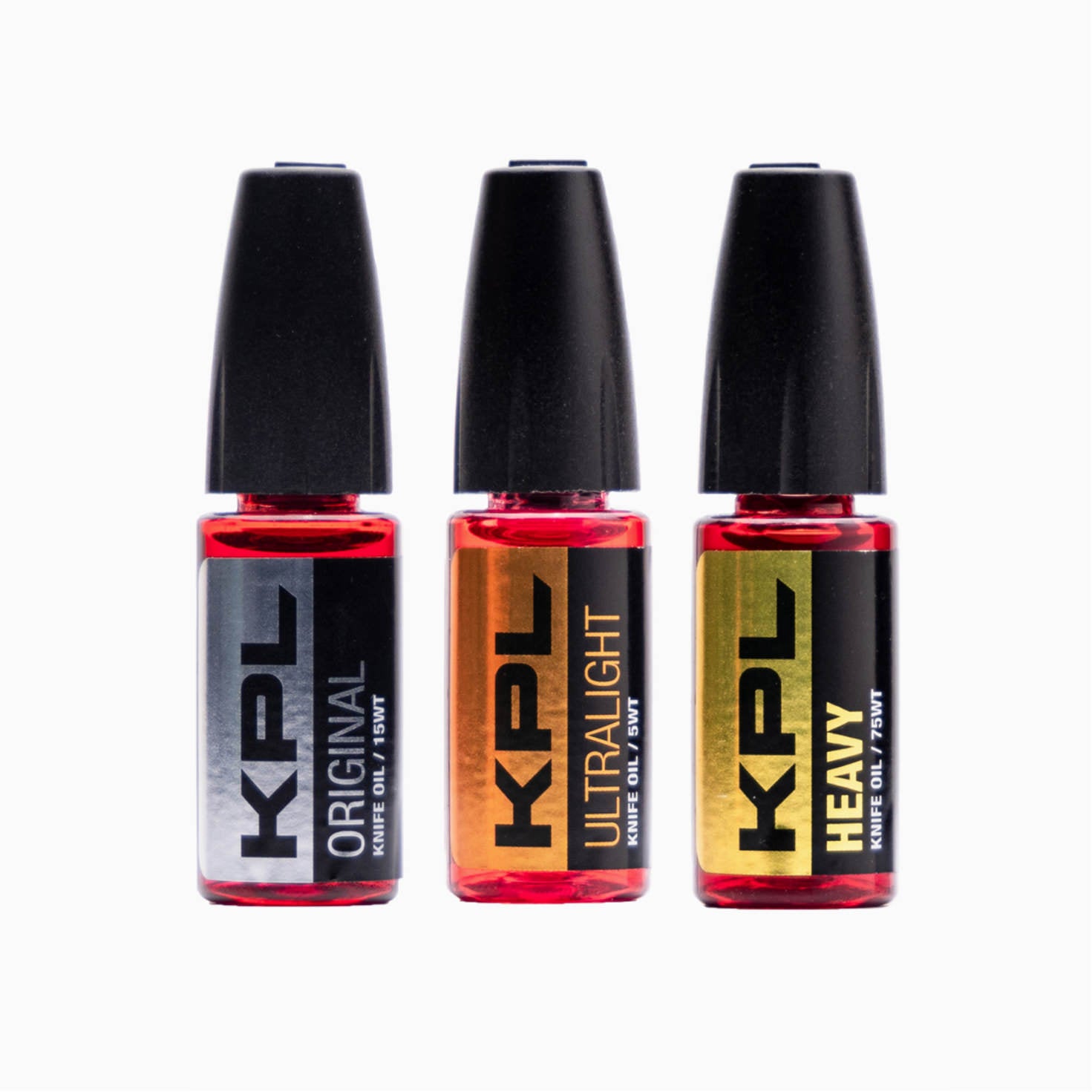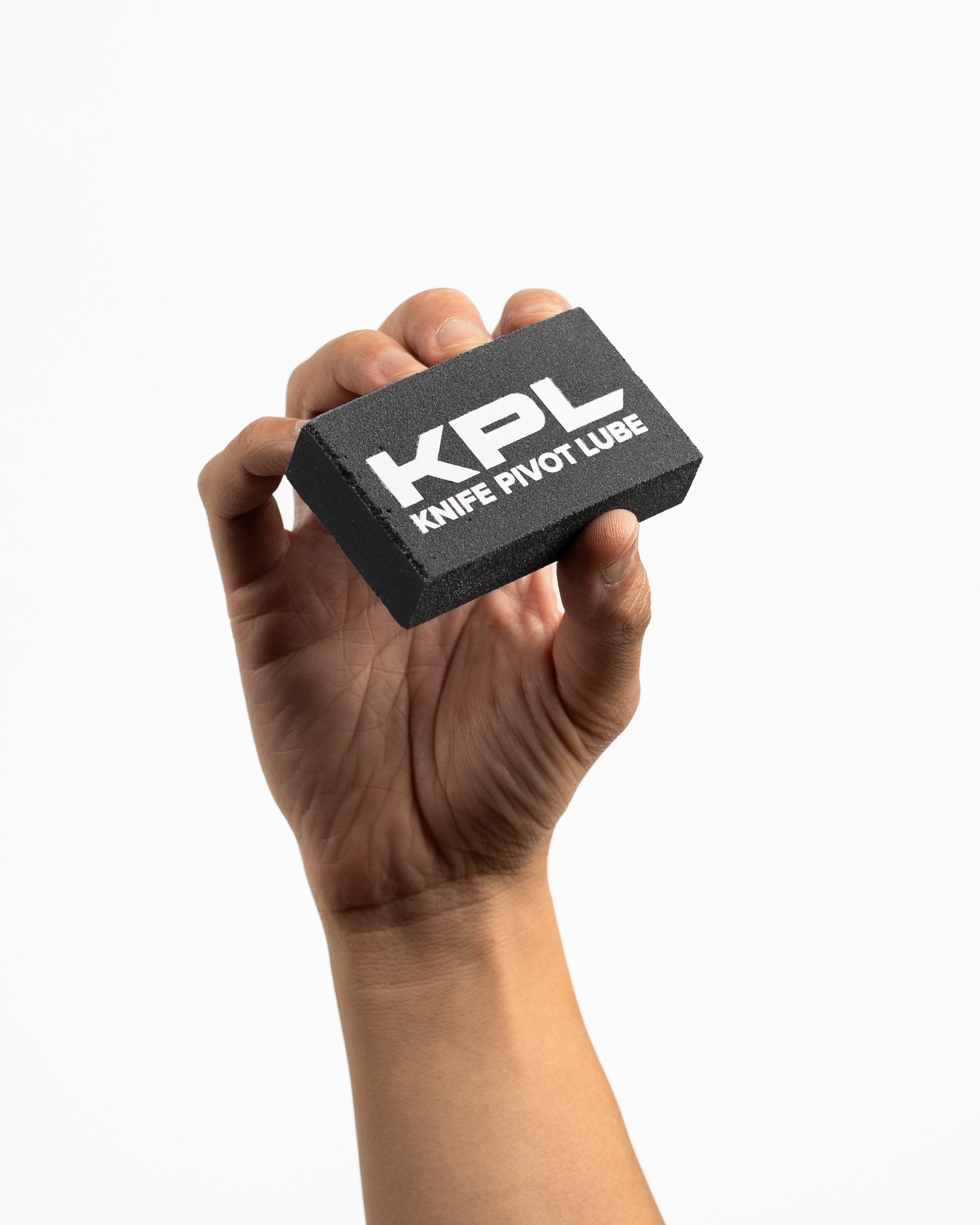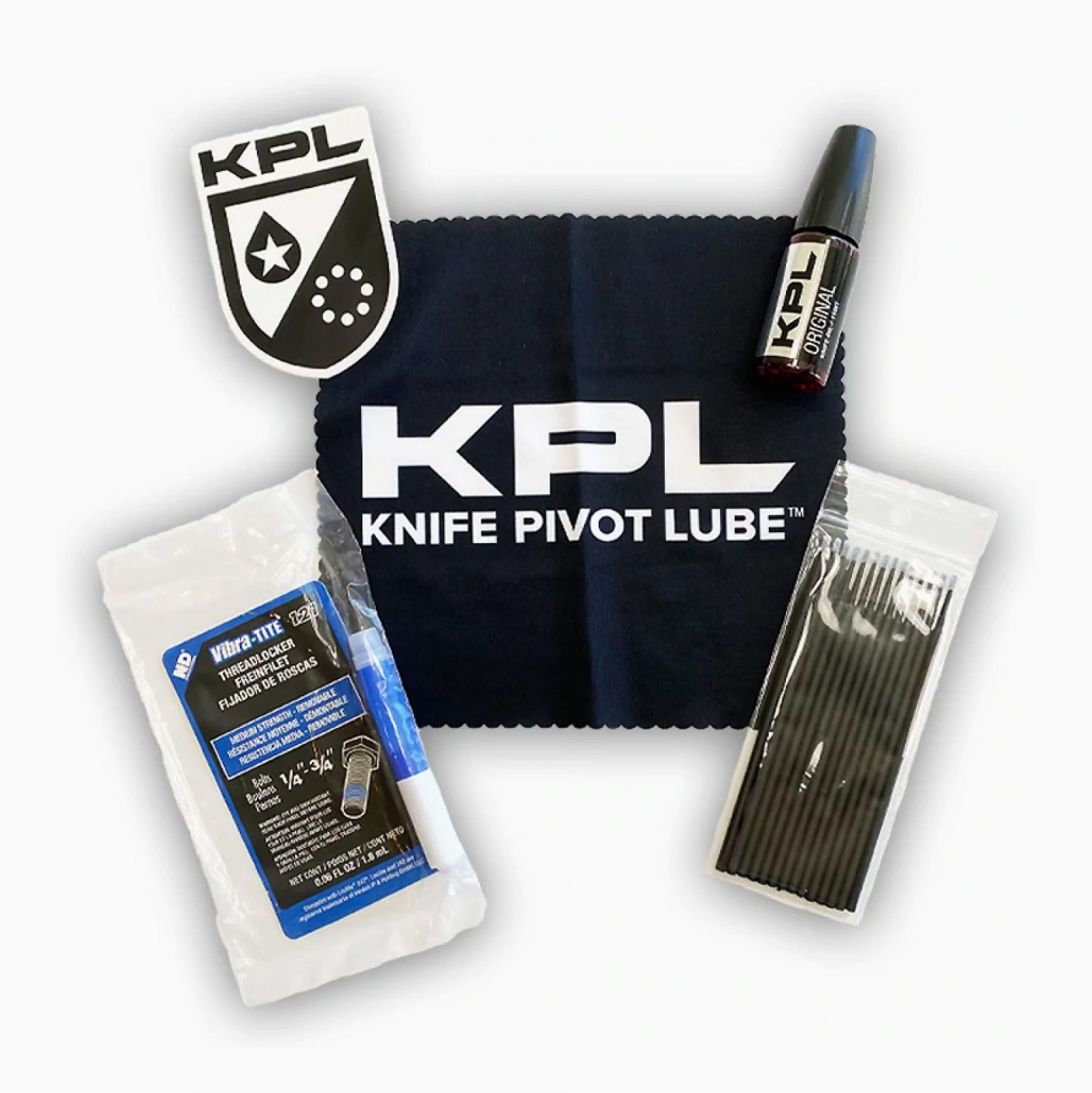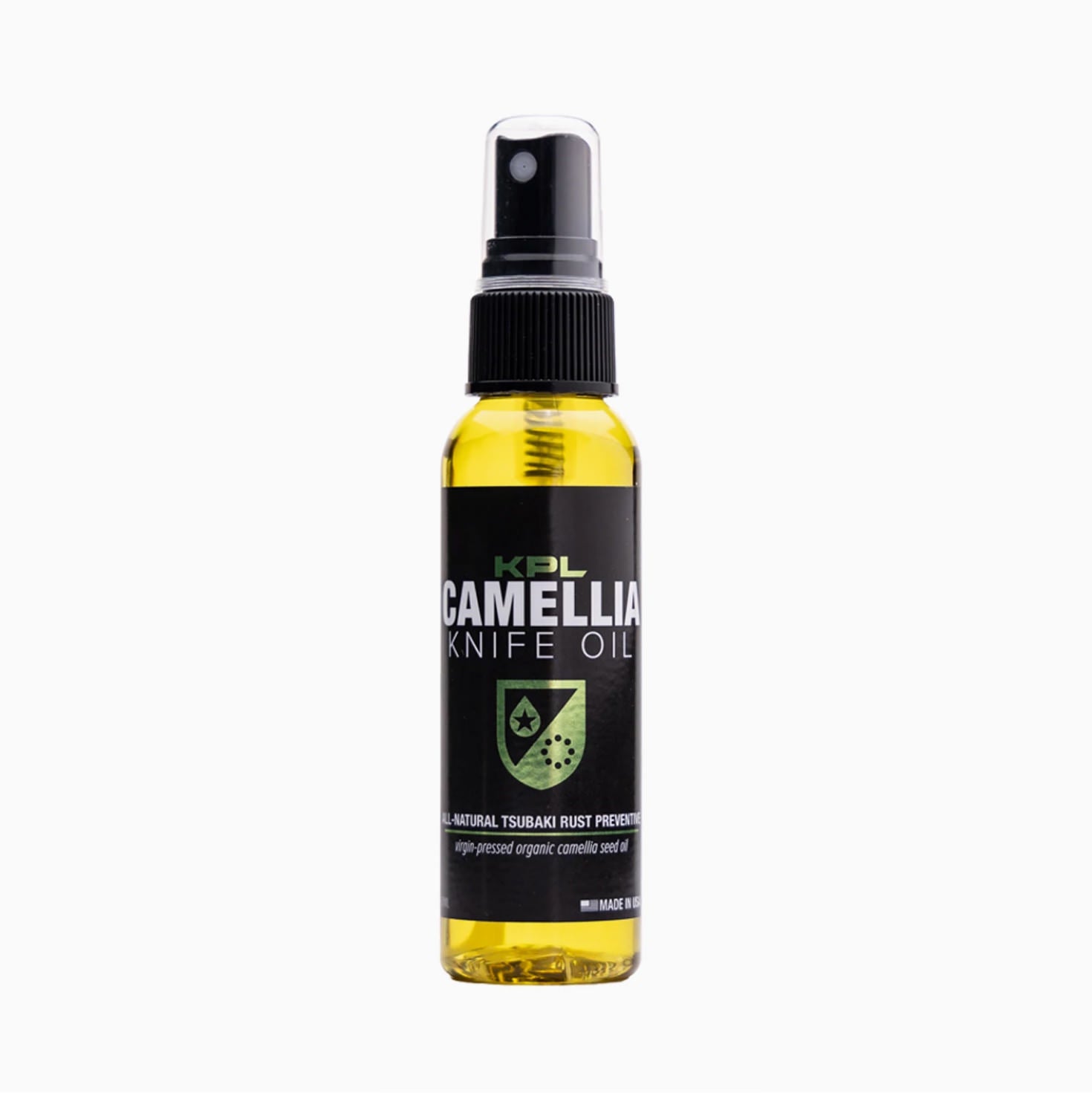There are many different blade shapes available to the market, while a novice may think the differences are purely aesthetic, but the reality is different blade shapes are suited for different jobs. In this article we will be exploring the early history of the Wharncliffe blade as well as the modern applications of the blade style. The design originated in the early 1800’s, and modern iterations draw inspiration from designs that have been around for centuries. The Wharncliffe blade shape is a style that has had fluctuations in popularity over the years, but the utilitarian value it brings to the table is undeniable and allows this classic design to remain relevant nearly two centuries beyond its first iteration!
The Origins of the Wharncliffe Blade

The Wharncliffe blade has its origins in Great Britain during around the year 1820. As the Story goes, this blade shape was first discussed between The Lord of Wharncliffe, James Archibald Stuart-Wortley-Mackenzie and one of his relatives over dinner. It is said he was looking for a knife that had a thick strong blade for one of the most recent innovations in folding knife designs, the spring knife, today we would refer to the spring knife as a slip joint. It is interesting to note how one innovation in folding knives quickly led to another! Lord Wharncliffe, pleased with his idea, gave the design to prominent knife makers Joseph Rogers & Son Cutlery and from there the design was brought to life and named the Wharncliffe in honor of Lord Wharnecliffe’s design inspiration.
The early versions of the Wharncliffe blade featured a rounded spine that tapered gradually to the tip of the knife. The knife was then given a thick full flat grind for durability and had a straight edge. The full flat grind and straight edge made the Wharncliffe blade excellent for rough carving and pull cuts but it was also well suited to do detailed tasks thanks to the fine tip. The knife was marketed as a wood working knife that was capable of both whittling and splitting wood. The Wharncliffe became a very popular blade style among English sailors and grew in general popularity in the late 1800’s. From there Wharncliffe knives started to be imported to America, and the design began to be produced by Case Knives for the American market. By the Early 1900’s the Wharncliffe was well known as an excellent woodworking knife and it remained popular for years to come.
The Wharncliffe in the Modern Era
As time marched on so did knife innovation, while the Wharncliffe still founds its place among traditional slipjoint patterned knives. Newer blade shapes became popular among locking folding knives which had largely replaced traditional designs. Lock back Buck Knives with the iconic clip point had become popular among many hunters, fisherman, and outdoor enthusiasts in the 1960’s and 1970’s, followed by the emergence of modern liner locks in the 1980’s and 1990’s. While many makers adapted Wharncliffe styles to modern folding knives, they were often left behind because other blade styles did a better job cutting, especially in more urban and tactical tasks. It wasn’t until the late 90’s when the modern iteration of the Wharncliffe began to take hold.

This happened thanks to Michael Janich, the pioneer behind Martial Blade Concepts, and Spyderco teamed up to design a tactical self defense knife. While Janich had already proven that Wharncliffe blades had a practical application in self defense, Spyderco wanted a self defense knife that could also cut well for EDC tasks. Thus the Ronin was born, this fixed blade featured a 4 inch modified Wharncliffe blade that seemed to draw inspiration from the classic Viking Seax. The Blade was tall with a sharp taper to the tip and had a hollow grind which greatly added to the ability to do EDC cutting tasks. The popularity of this design led to the creation of the Yojimbo, a folding version of the Ronin. Both the Ronin and the Yojimbo have seen some revisions and newer versions are still available and popular today.
As is typical in the knife market when something becomes popular other makers begin to find their own unique ways to make it. The Ronin and the Yojimbo gave way for many makers and companies to start designing Wharncliffe style blades. Some designs lean toward the more classic iteration with the rounded spine, others took inspiration from similar blade styles and blended Wharncliffe and Sheepsfoot designs, and many continued the path of making their own version of the sharp angled Wharncliffe. This has led to a rather loose definition of what a Wharncliffe blade is, but the straight edge and the lack of belly fairly is standard across the board. Functionality can vary slightly between different designs, but they all are great for detail work and precise cutting. The lack of belly does not make them great for many hunting and fishing tasks, but they are great utility users and can help out with most every day cutting. Many of modern Wharncliffe knives are designed with self defense in mind, but proper use in that application does require a fair bit of training.


